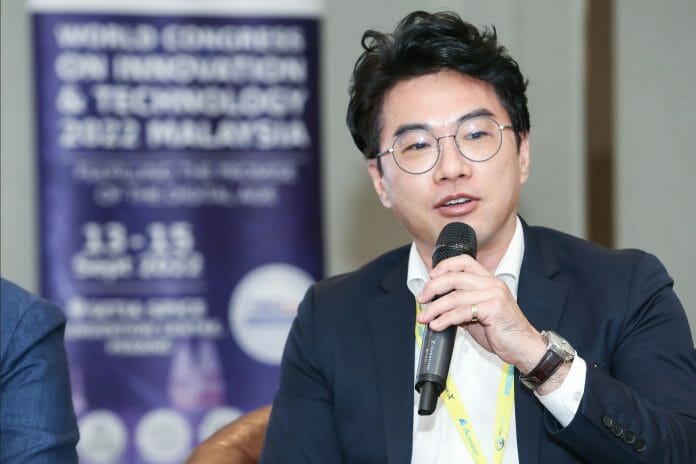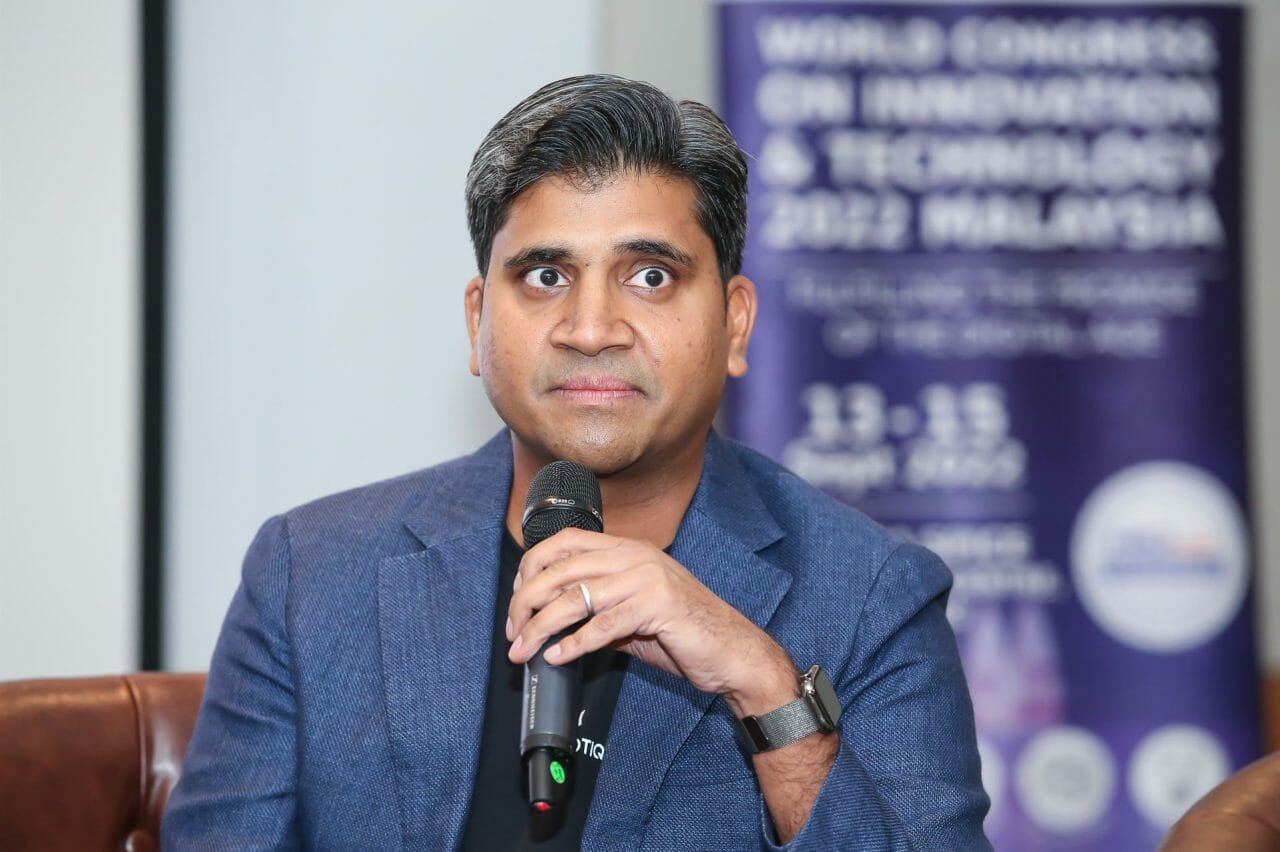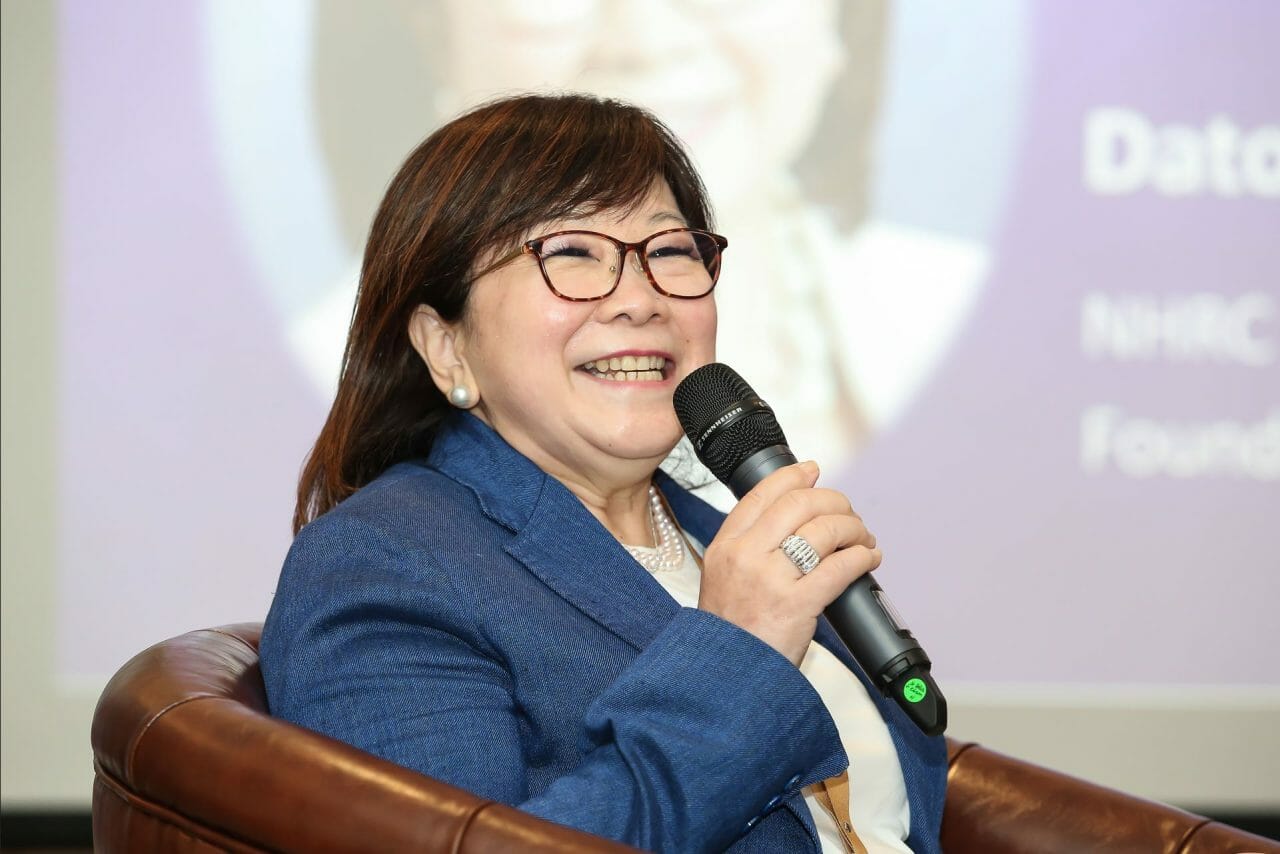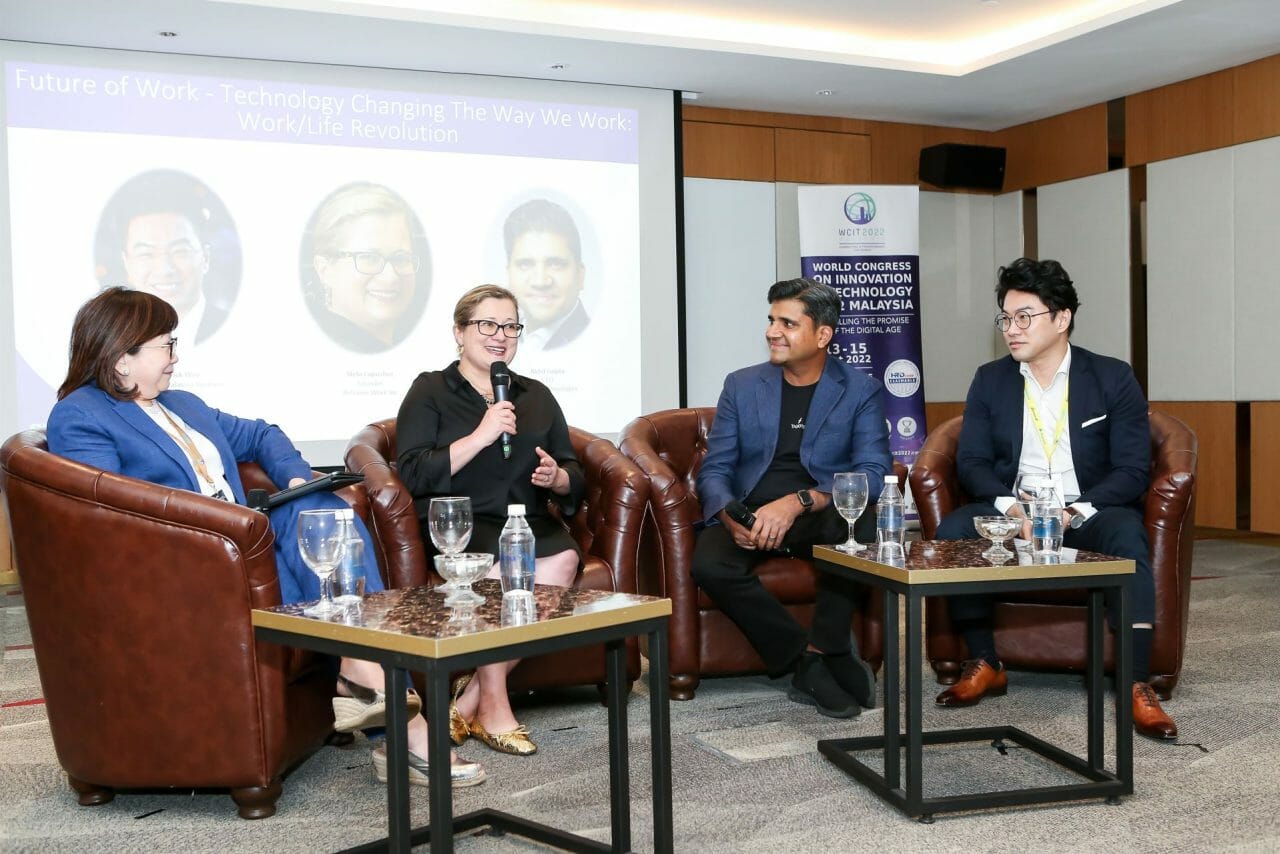The Covid-19 pandemic has brought the future of work forward to today, with the new work patterns formed during the crisis becoming the normal. Technology, artificial intelligence (AI) and digitalisation are becoming integrated with our lives and the modern workplace is undergoing a series of changes that are expected to lead to fundamental changes in the future of work.
At the recent World Congress on Innovation & Technology (WCIT) 2022 panel on the “Future of Work – Technology Changing the Way We Work: Work/Life Revolution”, Zoom Video Communications head of Malaysia business Patrick Wee (pic above) highlighted three focus areas for organisations, citing ZOOM’s own experience.
The focus areas for organisations in today’s hybrid work environment are trust between employers and employees; inclusivity and equity where everyone has a voice at the table and is represented; and frictionless flexibility with the right technology, Wee said.
“To earn trust, sometimes you have to give trust first. At Zoom, we allow our employees to work and connect from anywhere… This high level of trust gives the employees a sense that the company cares for them and their wellbeing,” he said.
“We need to trust our employees to do their best work from wherever they feel most productive,” he added.
In a hybrid environment, where employees could be onsite or work remotely, Zoom has created features like Smart Gallery leveraging AI to display in-room participants as individuals in a virtual meeting, automated translation and transcription during virtual meetings, as well as Zoom Whiteboard.
“All these tools enable remote employees to collaborate and feel equally represented in a virtual workshop or meeting,” he said.
And finally, using the right technology, everybody can work moving between offices, home or on-the-go – the right technology enables a truly “Anywhere Workforce”, he added.
Fellow panellist Akhil Gupta, CEO of Talbotiq Technologies, stressed that technology done right has to be simple to use.
“For example, my mother and grandmother who’d never used technology in the past are now on Facebook and talking to family on video conferencing tools like Zoom. If technology is made simple (to use), then regardless of the level in the organisation, user adoption is going to be very high,” Akhil said.
Wee concurred, adding that technology practitioners, when advocating the adoption of a particular technology to the top management, have the tendency to make the technology sound so complex management could not understand what is being presented. “Make it simple!” he quipped.
“Digital transformation used to be a smart strategy but today, it is a survival strategy for everyone,” said panel moderator Dato’ Munirah Looi, NHRC Research Fellow and Founder & CEO, Brandt Business Services.
“Technology is an enabler, and the way we design the technology and the workflow is really key to drive the experience in order for us to get the buy-in both internally as well as from external customers. The key for sustainability is really about our ability to drive the culture of inclusivity, the culture of trust, and the flexibility for employees,” Looi said, summarising the panel’s discussion.
Looi stressed that at the end of the day, the digital transformation of any organisation has to be driven from the top down.
“Yes, the cost of implementation is expensive but the opportunity cost of not doing anything is far greater,” she concluded.












